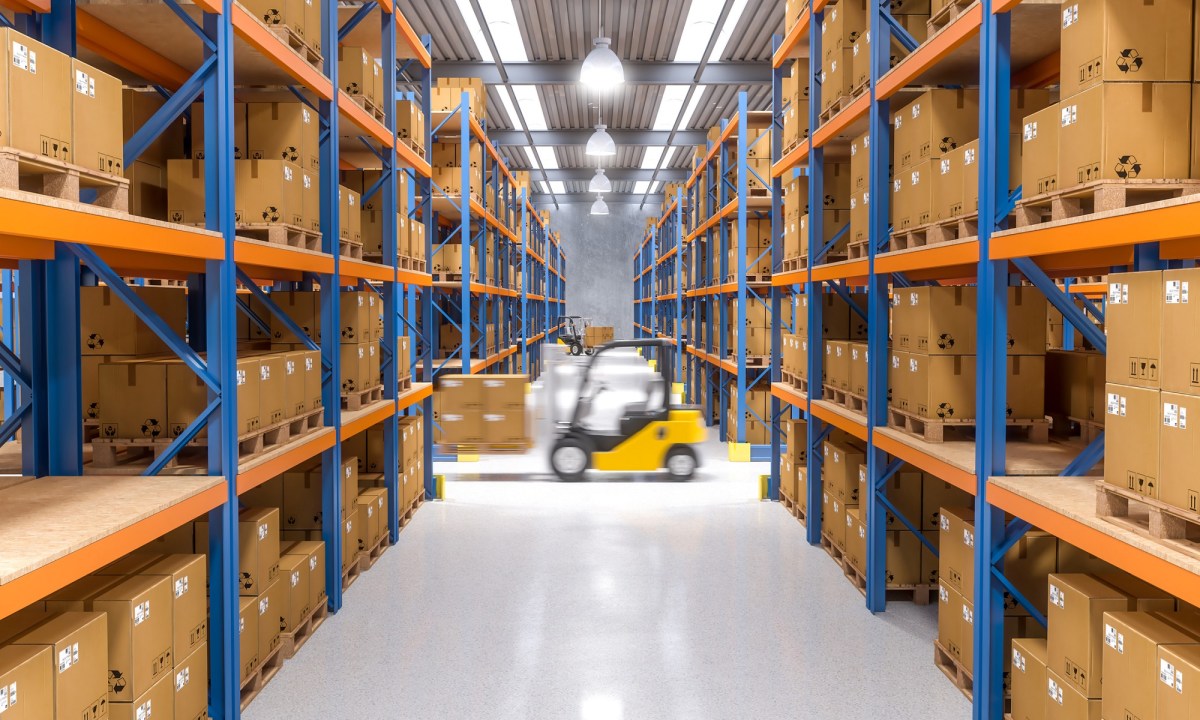It’s time to streamline your inventory, delivery and return strategies in order to scale your online business in 2021.
Prior to 2020, e-commerce businesses made the bulk of their sales during the winter months — but it’s crucial to master a plan for consistent and reliable deliveries and returns.
From stocking up on inventory and anticipating hot spots for delivery and warehouse storage to outsourcing third party logistics when necessary, here’s how to optimise your order fulfillment.
Stock up
Forecast demand early on to make sure you have the most up-to-date levels of stock. Look back at previous orders to understand the quantity, make and model at the SKU level to get a handle on how much storage you’ll be needing and when.
Then, analyse sales data from previous years to understand hot spots for deliveries where consumers are ordering from so you can plan for warehouse and storage space accordingly. Consider working with your third-party logistics (3PL) provider to discuss sales trends to bolster peak performance.
Without proper sales forecasting, you may end up having too much stock and waste money shelling out for warehousing fees. Be sure to find a balance of having enough of your best-selling products to prevent customers from having to wait long for shipping.
Make a plan and scale up as needed
Retailers are busy reflecting on what they learned in 2020 and planning on how to scale their online business in 2021. Analysing selling history from previous years and gauging potential logistic scenarios you may encounter could make all the difference. For example, consider adding additional delivery vehicles or drivers to your fleet during weeks that were busy in year’s past depending on sales volume.
Outsource fulfillment when possible
Diversifying your fulfillment centres will allow you to store and ship products to your customers faster and more efficiently. Leveraging a 3PL will also give your business access to analytics to better manage inventory and scale.
Optimise package tracking and updates to maintain consumer’s trust
This past holiday season was met with many challenges, many relied on presents to be shipped and delivered in time in lieu of spending holidays with loved ones this year, and left with disappointment. Be sure to provide up-to-date tracking information and updates through e-mail and/or SMS. This will also alleviate customer service teams who may be flooded with customer questions.
Anticipate returns and opportunities for resale
E-commerce stores will likely be bombarded with returns. That means optimising items that get sent back to warehouses for a swift resale or exchange when applicable to avoid losing out on new revenue. Be sure to track your return rate and go over your own return policy to make sure you are not covering added costs that aren’t promised to the customer, such as free shipping or free returns.
Brendan Heegan is CEO of Boxzooka.

